Author: Steve Thanos
From saltine cracker to burnt coffee, there are a surprising number of descriptors for grain characteristics in beer, in part because of the wide variety of grains available these days. One of the more commonly sought grain characteristics that fits with many beer styles is a toasty, biscuit-like note, which is usually imparted through the use of certain specialty malts.
One such product is Biscuit Malt, produced exclusively by Mouterij Dingemans, which gets its name from the fact it contributes rather assertive toasted and biscuit notes. A more recent option, said to contribute flavors of “roasted cereal with hints of popcorn and biscuit,” is Cookie Malt from Viking Malt. Given the somewhat similar descriptors and suggested usage rates, some brewers view these malts as generally interchangeable while others contend they contribute their own unique flavors to beer.
While perusing the virtual aisles of MoreBeer recently, I came across Cookie Malt and was immediately intrigued by the description, as I tend to appreciate beers with a stronger malt character. Given both MoreBeer and Viking Malt noted the closest equivalent to Cookie Malt is Biscuit Malt, I picked up some of each and designed an xBmt to better understand just how similar or different these specialty malts are.
| PURPOSE |
To evaluate the differences between an American Pale Ale made with a proportion of Cookie Malt and one made with the same proportion of Biscuit Malt.
| METHODS |
Given my less-than-popular adoration for hoppy beers with decent malt character, I went with a simple American Pale Ale recipe for this xBmt, including Cookie Malt while the other had the same amount of Biscuit Malt.
The Catalyst
Recipe Details
| Batch Size | Boil Time | IBU | SRM | Est. OG | Est. FG | ABV |
|---|---|---|---|---|---|---|
| 5.5 gal | 60 min | 53.4 | 8.9 SRM | 1.048 | 1.017 | 4.07 % |
| Actuals | 1.048 | 1.017 | 4.07 % | |||
Fermentables
| Name | Amount | % |
|---|---|---|
| Pale Ale Malt 2-Row | 8 lbs | 84.21 |
| Cookie Malt OR Biscuit Malt | 1.5 lbs | 15.79 |
Hops
| Name | Amount | Time | Use | Form | Alpha % |
|---|---|---|---|---|---|
| Simcoe | 10 g | 60 min | Boil | Pellet | 13 |
| Citra | 20 g | 15 min | Boil | Pellet | 12.7 |
| Mandarina Bavaria | 20 g | 15 min | Boil | Pellet | 6.8 |
| Citra | 28 g | 5 min | Boil | Pellet | 12.7 |
| Mandarina Bavaria | 28 g | 5 min | Boil | Pellet | 6.8 |
| Citra | 28 g | 4 days | Dry Hop | Pellet | 12 |
| Mandarina Bavaria | 28 g | 4 days | Dry Hop | Pellet | 8.5 |
Yeast
| Name | Lab | Attenuation | Temperature |
|---|---|---|---|
| West Coast Ale I (OYL-004) | Omega | 77% | 32°F - 32°F |
Notes
| Water Profile: Ca 125 | Mg 20 | Na 8 | SO4 310 | Cl 56 |
Download
| Download this recipe's BeerXML file |
After collecting the full volume of water for two batches and lighting the flame to get them heating up, I weighed out and milled the grains.
Once the water for each batch was adequately heated, I incorporated the grains then checked to make sure both were at the same target mash temperature.
While the mashes were resting, I prepared the kettle hop additions.
Once each 60 minute mash was complete, I removed the grains then boiled the worts for 60 minutes before chilling them and taking refractometer readings showing they were at the same OG.
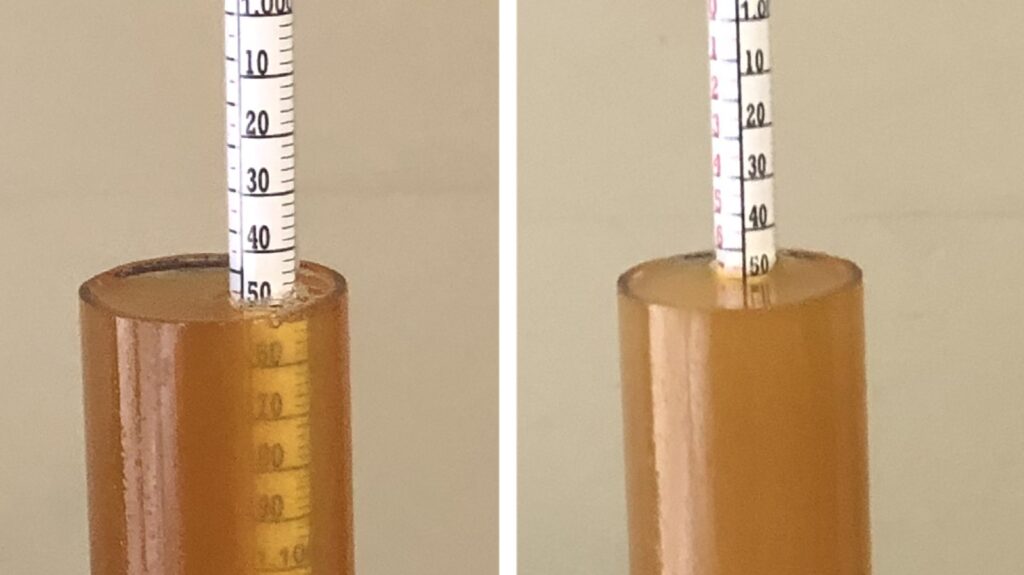
The filled carboys were placed in my chamber and left to finish chilling to my desired fermentation temperature of 68°F/20°C for a few hours before I pitched a pouch of Omega Yeast OYL-004 West Coast Ale I into each.
After a week of fermentation, I added the dry hops and let them mingle with the beer for 4 more days before taking hydrometer measurements showing a minor difference in FG.
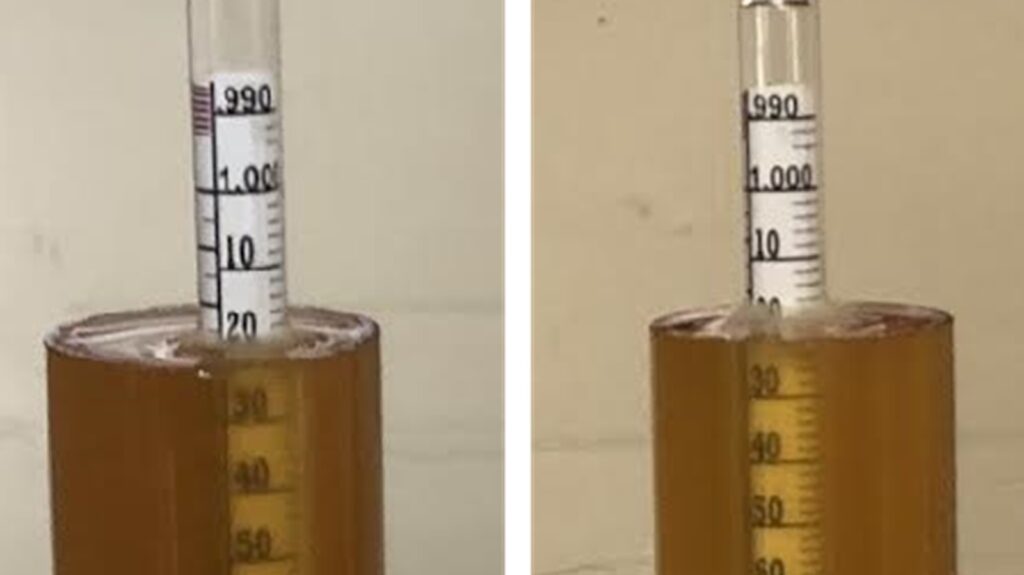
With fermentation complete, I transferred the beers to CO2 purged kegs and placed them on gas in my keezer where they were left to condition for 2 weeks before they were ready to serve.
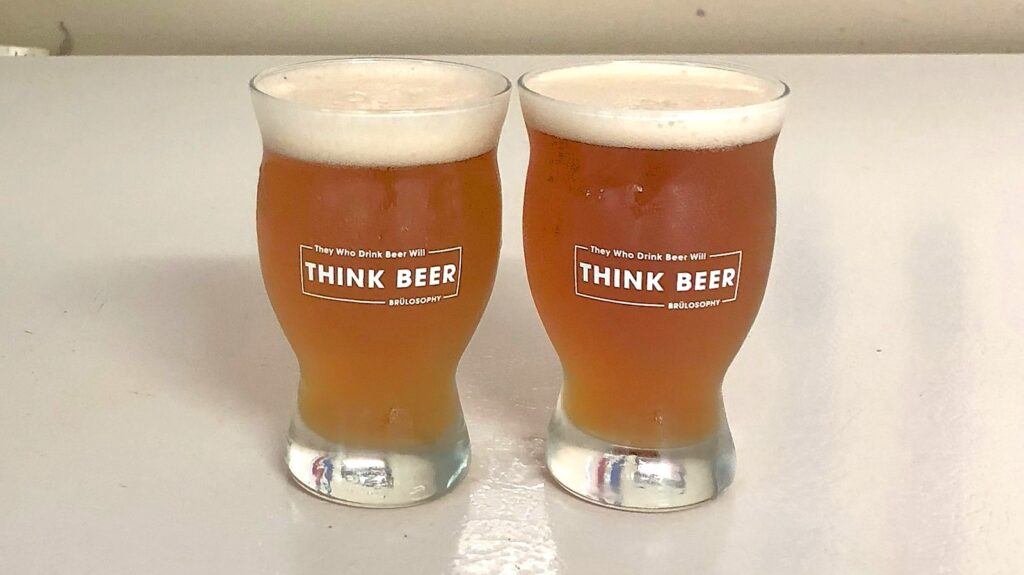
| RESULTS |
A total of 21 people of varying levels of experience participated in this xBmt. Each participant was served 1 sample of the beer made with Cookie Malt and 2 samples of the beer made with Biscuit Malt in different colored opaque cups then asked to identify the unique sample. While 12 tasters (p<0.05) would have had to accurately identify the unique sample in order to reach statistical significance, only 7 did (p=0.58), indicating participants in this xBmt were unable to reliably distinguish an American Pale Ale made with 16% Cookie Malt from one made with the same amount of Biscuit Malt.
My Impressions: Out of the 5 semi-blind triangle tests I attempted, I correctly identified the odd-beer-out every time. To my palate, the beer made with Cookie Malt had a slightly more pronounced malty biscuit flavor than the one made with Biscuit Malt. While I was rather pleased with both beers, given my penchant for malt flavor, I preferred the one made with Cookie Malt.
| DISCUSSION |
Of the smattering of flavors various grains impart to beer, one of the more common descriptors is “biscuit,” which can perhaps more specifically be defined as a combination of toasty, bready, and slightly nutty notes. While brewers have been using Biscuit Malt for decades to achieve this characteristic, Finland’s Viking Malt produces a product they call Cookie Malt that’s widely viewed as a competitor to its Belgian counterpart. Indeed, tasters in this xBmt were unable to reliably distinguish an American Pale Ale made with 16% Cookie Malt from one made with the same amount of Biscuit Malt.
While it’s difficult to find precise information on how each of these malts are produced, one explanation for this result is that both Cookie and Biscuit Malts are made using similar processes and thus contribute the same flavor to beer. Despite relying on a moderate usage rate that fell well within the recommended range, it may also be that higher proportions of either malt would have yielded beers that were more noticeably different.
It’s rare that my personal triangle test performance doesn’t line up with the blind taster data, but in this case, it seems I was more able to taste the biscuit than others. This left me wondering if maybe my tendency toward more malt flavored beers contributed to my ability to tell them apart, as I use Biscuit Malt quite a bit more than other brewers I know. Regardless, as much as I enjoyed both of these beers, I preferred the slightly stronger malt flavor I got from the Cookie Malt and will definitely be keeping some on-hand henceforth!
If you have any thoughts about this xBmt, please do not hesitate to share in the comments section below!
Support Brülosophy In Style!
All designs are available in various colors and sizes on Amazon!
Follow Brülosophy on:
FACEBOOK | TWITTER | INSTAGRAM
If you enjoy this stuff and feel compelled to support Brulosophy.com, please check out the Support page for details on how you can very easily do so. Thanks!


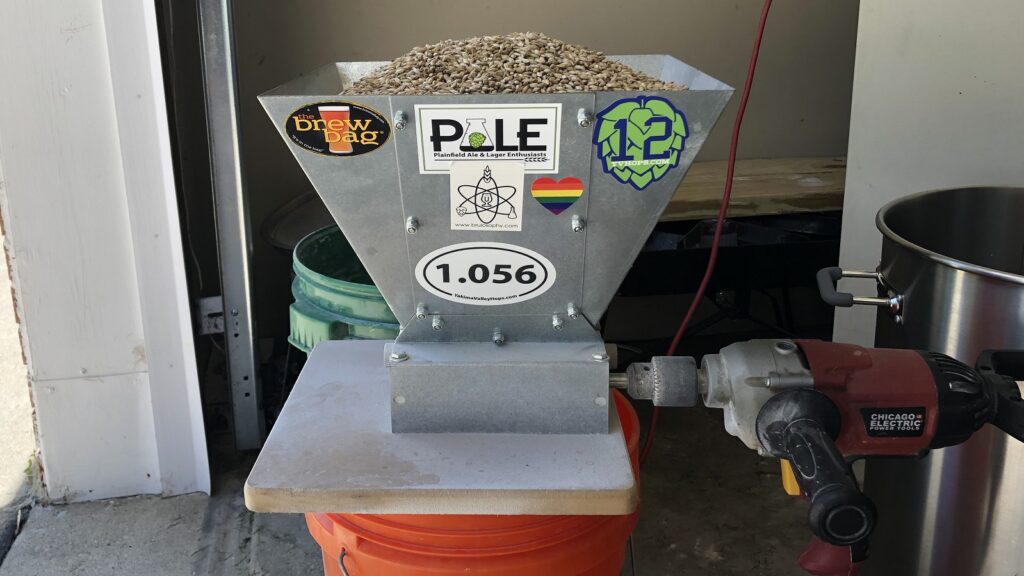
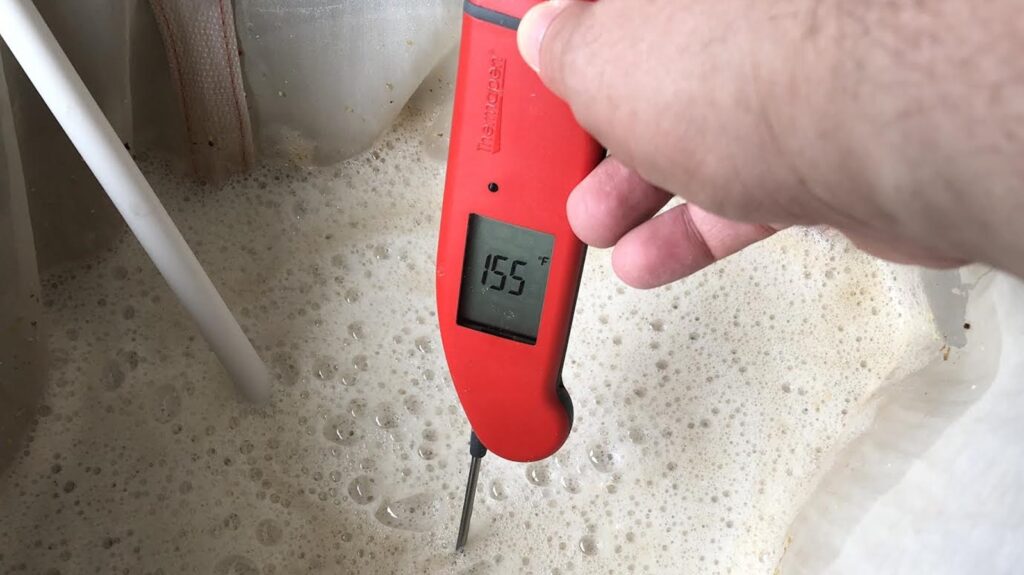
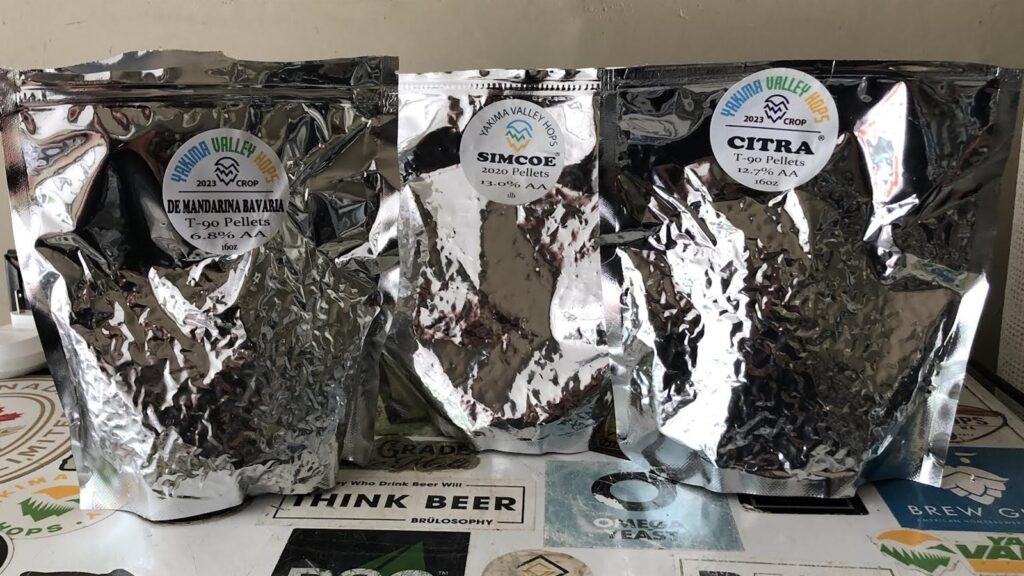
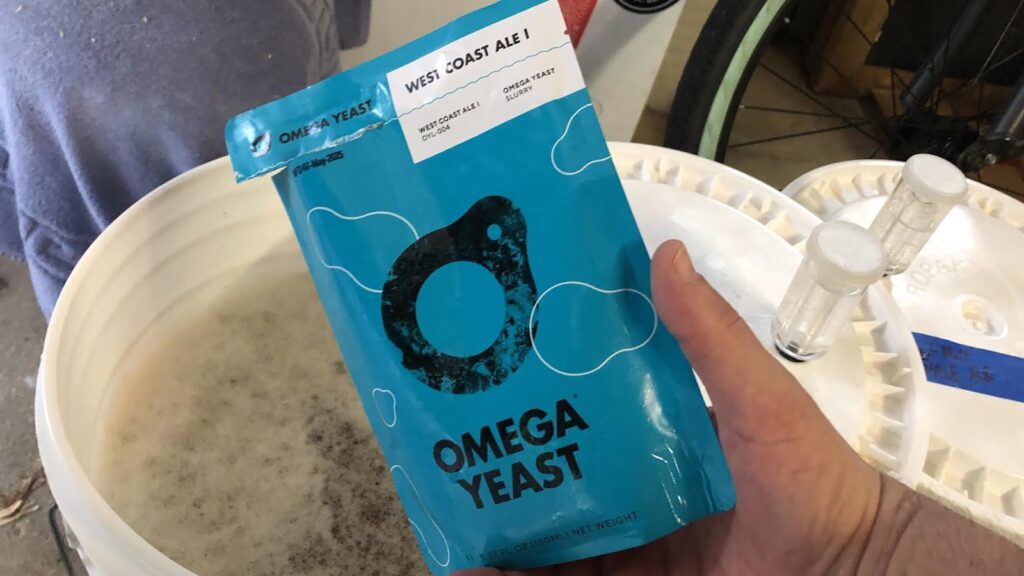





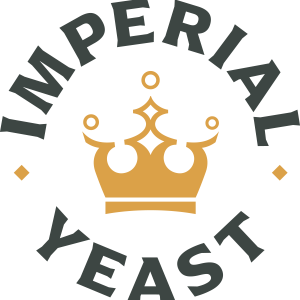

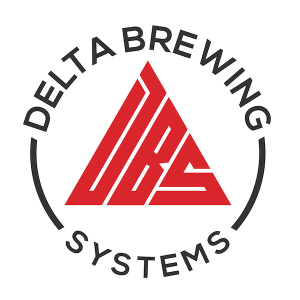


4 thoughts on “exBEERiment | Grain Comparison: Cookie Malt vs. Biscuit Malt In An American Pale Ale”
Biscuit malt is also made by Gladfield https://www.gladfieldmalt.co.nz/our-malts/specialty-malts
Thanks for this xBeeriment! I had heard about Cookie malt and was curious myself.
But it boggles my mind that you went through all of that trouble to test ‘biscuit’ vs. ‘cookie’ and decided to throw Citra & Mandarina at it to the tune of 50+ IBUs. I would think a style more traditional for biscuit malt would have been in order with way less hops. (and more traditional ones at that) I’m not surprised at 15%, tasters couldn’t tell them apart with all those hops.
Also, why is it that none of these xBeeriments ask tasters about their preference, or what they detected, even IF ‘significance’ wasn’t reached? At least we could find out if tasters could tease out what the maltsters claimed to be there. It would also be nice to know, from the ones who could tell them apart, which they preferred and why. (I know that isn’t your fault, just a general question I have about how these tests are done)
I totally agree on the malt difference lost in the hops. The experimenter knew what the difference was, causing him to focus on the malt, not the hops, like most of the testers. The other way to mess up a bisquit/cookie experiment would be to use them in a stout.
Be good for the article to have a picture of the two malts side by side.